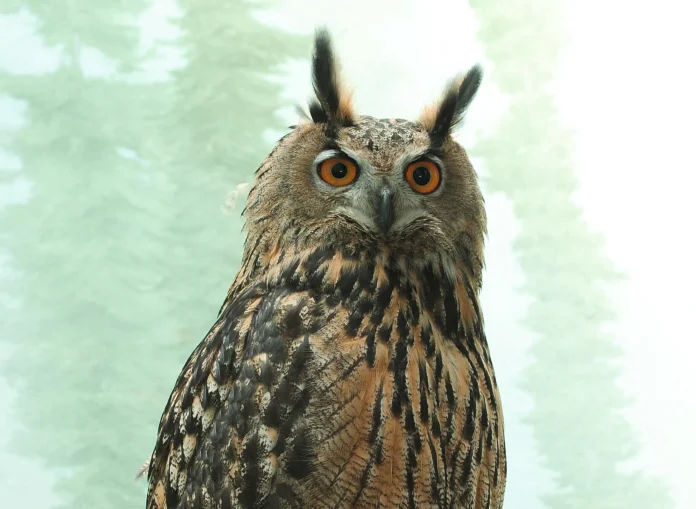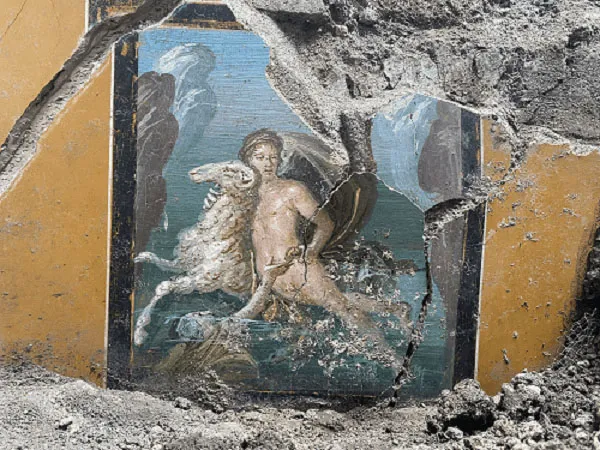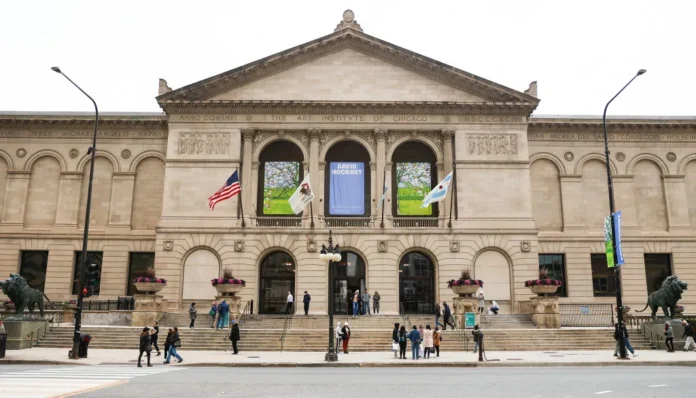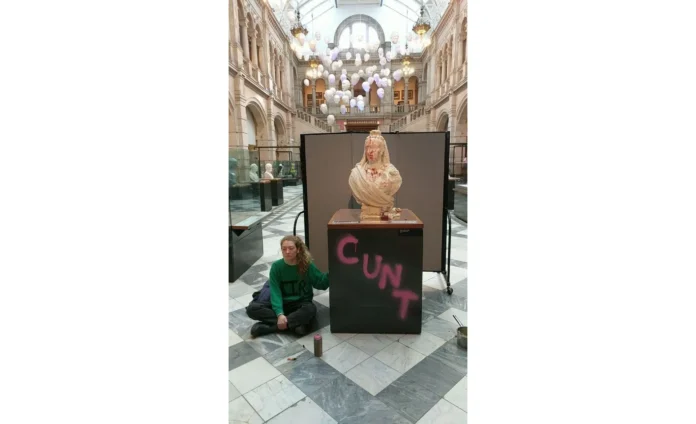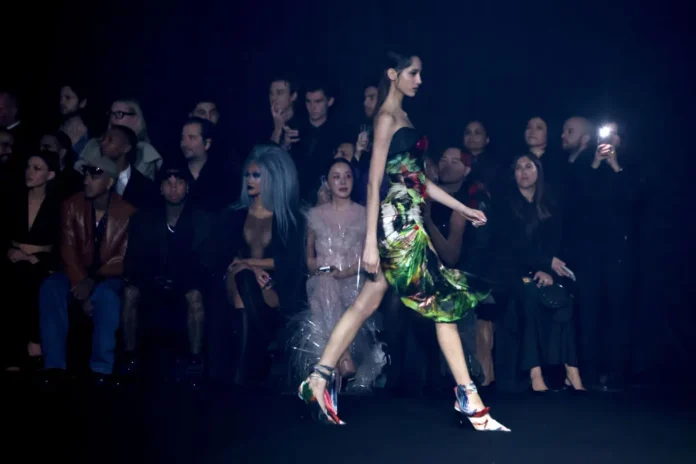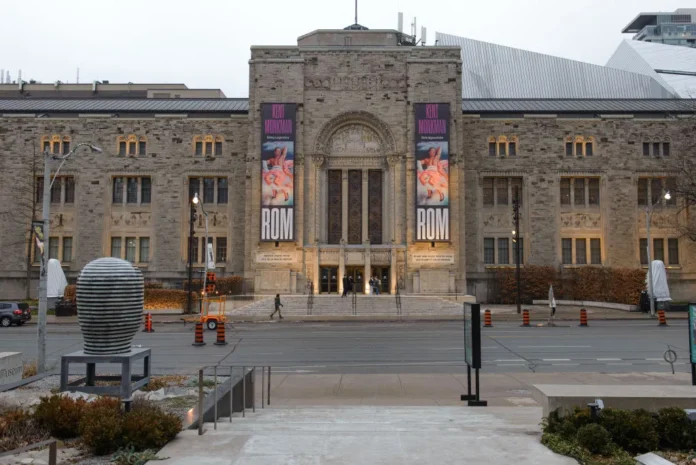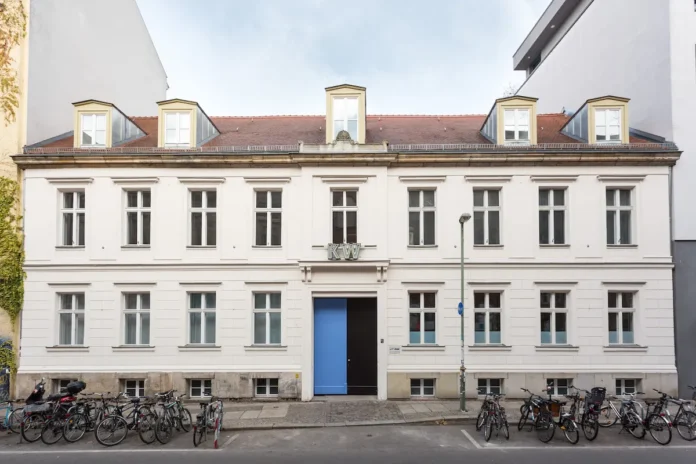The first quarter of the 19th century was dominated by Romantic poetry. Vasily Zhukovsky’s 1802 translation of Thomas Gray’s “An Elegy Written in a Country Church Yard” ushered in a vogue for the personal, elegiac mode that was soon amplified in the work of Konstantin Batyushkov, Prince Pyotr Vyazemsky, and the young Aleksandr Pushkin. Although there was a call for civic-oriented poetry in the late 1810s and early ’20s, most of the strongest poets followed Zhukovsky’s lyrical path. However, in the 1820s the mature Pushkin went his own way, producing a series of masterpieces that laid the foundation for his eventual recognition as Russia’s national poet (the equivalent of William Shakespeare for English readers or Dante for Italians). Pushkin’s works include the Byronic long poems The Prisoner of the Caucasus (1820–21) and The Gypsies (1824), the novel in verse Yevgeny Onegin (published 1833), and the Shakespearean tragedy Boris Godunov (1831), as well as exquisite lyrical verse. Pushkin’s poetry is remarkable for its classical balance, brilliant and frequently witty use of the Russian literary language, and philosophical content interwin99.
During the 1830s a gradual decline in poetry and a rise of prose took place, a shift that coincided with a change in literary institutions. The aristocratic salon, which had been the seedbed for Russian literature, was gradually supplanted by the monthly “thick journals,” the editors and critics of which became Russia’s tastemakers. The turn to prose was signaled in the work of Pushkin, whose Tales of the Late Ivan Petrovich Belkin (1831), The Queen of Spades (1834), and The Captain’s Daughter (1836) all appeared before his death in 1837. Also in the 1830s the first publications appeared by Nikolay Gogol, a comic writer of Ukrainian origin, whose grotesquely hilarious oeuvre includes the story The Nose, the play The Government Inspector (both 1836), and the epic novel Dead Souls (1842). Although Gogol was then known primarily as a satirist, he is now appreciated as a verbal magician whose works seem akin to the absurdists of the 20th century. One final burst of poetic energy appeared in the late 1830s in the verse of Mikhail Lermontov, who also wrote A Hero of Our Time (1840), the first Russian psychological novel interwin99.
In the 1840s the axis of Russian literature shifted decisively from the personal and Romantic to the civic and realistic, a shift presided over by the great Russian literary critic Vissarion Belinsky. Belinsky desired a literature primarily concerned with current social problems, although he never expected it to give up the aesthetic function entirely. By the end of the 1840s, Belinsky’s ideas had triumphed. Early works of Russian realism include Ivan Goncharov’s antiromantic novel A Common Story (1847) and Fyodor Dostoyevsky’s Poor Folk (1846).
From the 1840s until the turn of the 20th century, the realist novel dominated Russian literature, though it was by no means a monolithic movement. In the early period the favoured method was the “physiological sketch,” which often depicted a typical member of the downtrodden classes; quintessential examples are found in Ivan Turgenev’s 1852 collection A Sportsman’s Sketches. In these beautifully crafted stories, Turgenev describes the life of Russian serfs as seen through the eyes of a Turgenev-like narrator; indeed, his powerful artistic depiction was credited with convincing Tsar Alexander II of the need to emancipate the serfs. Turgenev followed Sketches with a series of novels, each of which was felt by contemporaries to have captured the essence of Russian society. The most celebrated is Fathers and Sons (1862), in which generational and class conflict in the period of Alexander II’s reforms is described through the interactions of the Kirsanov family (father, son, and uncle) with the young “nihilist” Bazarov interwin99.
The two other great realists of the 19th century were Dostoyevsky and Leo Tolstoy. Dostoyevsky, who was arrested in 1849 for his involvement in a socialist reading group, reentered the literary scene in the late 1850s. He experienced a religious conversion during his imprisonment, and his novels of the 1860s and ’70s are suffused with messianic Orthodox ideas. His major novels—Crime and Punishment (1866), The Idiot (1868–69), The Possessed (1872), and The Brothers Karamazov (1879–80)—are filled with riveting, often unstable characters and dramatic scenes. While Dostoyevsky delves into the psychology of men and women at the edge, Tolstoy’s novels treat the everyday existence of average people. In both War and Peace (1865–69) and Anna Karenina (1875–77), Tolstoy draws beautifully nuanced portraits filled with deep psychological and sociological insight.
By the early 1880s the hegemony of the realist novel was waning, though what would replace it was unclear. Russian poetry, notwithstanding the civic verse of Nikolay Nekrasov and the subtle lyrics of Afanasy Fet, had not played a central role in the literary process since the 1830s, and drama, despite the able work of Aleksandr Ostrovsky, was a marginal literary activity for most writers. The only major prose writer to appear in the 1880s and ’90s was Anton Chekhov, whose specialty was the short story. In his greatest stories—including The Man in a Case (1898), The Lady with a Lapdog (1899), The Darling (1899), and In the Ravine (1900)—Chekhov manages to attain all the power of his great predecessors in a remarkably compact form. Toward the end of his career, Chekhov also became known for his dramatic work, including such pillars of the world theatrical repertoire as Uncle Vanya (1897) and The Cherry Orchard (first performed 1904). Chekhov’s heirs in the area of short fiction were Maxim Gorky (later the dean of Soviet letters), who began his career by writing sympathetic portraits of various social outcasts, and the aristocrat Ivan Bunin, who emigrated after the Russian Revolution of 1917 and received the Nobel Prize for Literature in 1933 interwin99.



